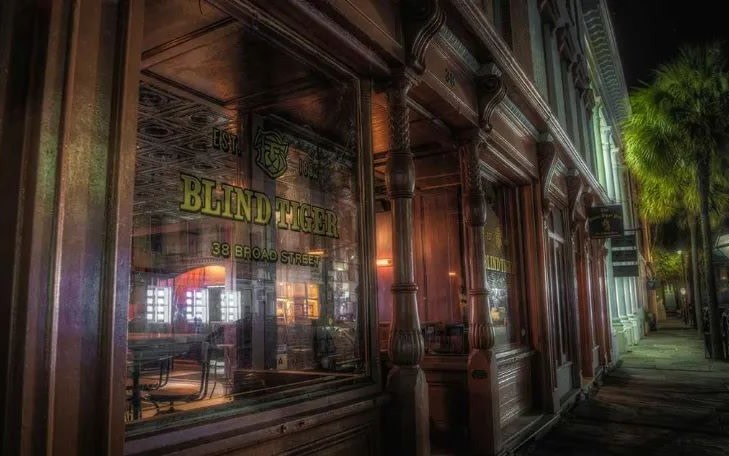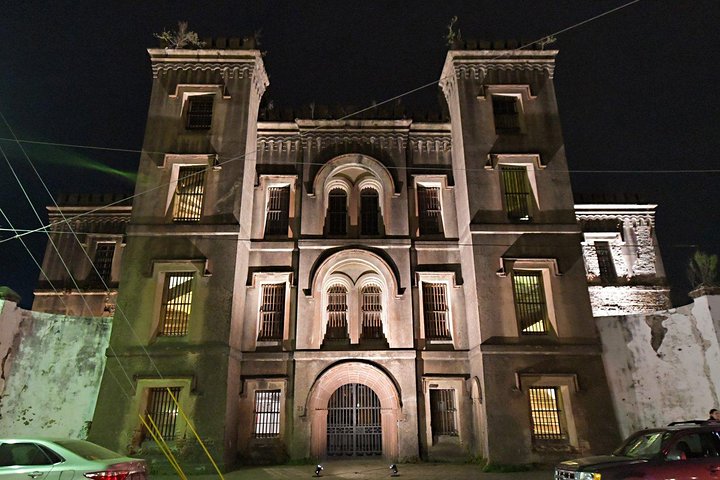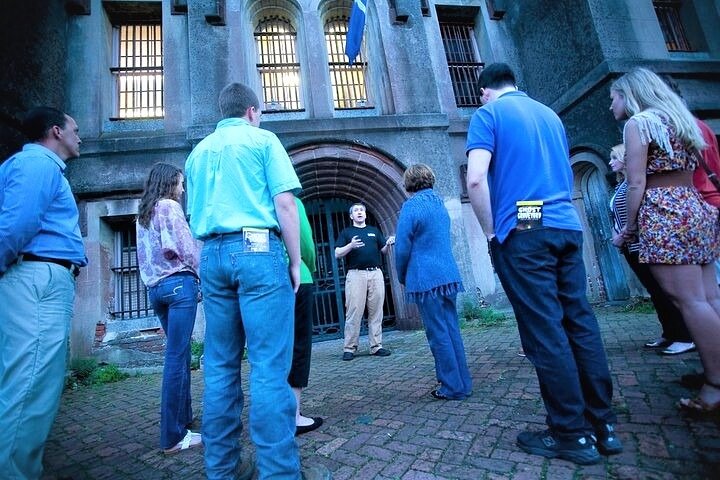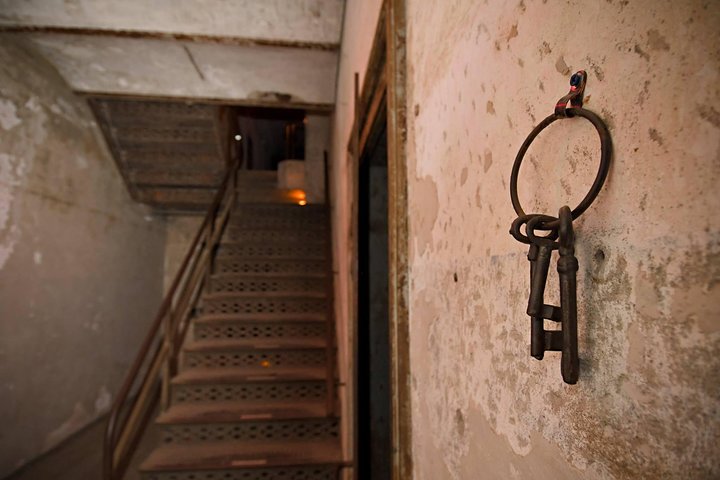Exploring Charleston’s Past: A Day at Boone Hall Plantation
Drawn by the allure of Charleston’s rich history, I embarked on a journey to Boone Hall Plantation, eager to explore its storied past and cultural significance. Join me as I recount my immersive experience at this iconic Southern estate.
A Journey Through Time: The Boone Hall Plantation
As a historian with a penchant for exploring the vestiges of the past, my recent visit to the Boone Hall Plantation in Charleston was nothing short of a revelation. The plantation, one of America’s oldest working estates, offers a unique glimpse into the complex tapestry of Southern history. Our journey began with a comfortable ride from the Charleston Visitor Center, where Cathy, our driver, regaled us with humorous anecdotes and insightful tidbits about Charleston’s storied past. Her recommendation to try the Southern Peach ice cream at the plantation’s café was a delightful prelude to the day’s adventures.
Upon arrival, the grandeur of Boone Hall was immediately apparent. The avenue of centennial oak trees leading up to the entrance gate set the stage for a day steeped in history. Our tour commenced on the front porch of the main house, where a guide in historical attire provided a captivating 30-minute presentation. The narrative traced the plantation’s evolution from its founding in 1681 by Major John Boone to its current status as a living museum. The guide’s ability to weave historical facts with engaging storytelling was truly commendable.
The Heart of the Plantation: Gullah Culture and Slave History
One of the most poignant aspects of the Boone Hall experience was the exploration of Gullah culture and the history of slavery on the plantation. The Gullah presentation, delivered by a passionate and knowledgeable guide, was a highlight of the tour. Her renditions of traditional slave songs, such as “Swing Low, Sweet Chariot,” were hauntingly beautiful and left a lasting impression. The presentation offered a rare insight into the lives of the enslaved people who once lived and worked on the plantation, a narrative often overlooked in conventional history classes.
The tour also included a 15-minute talk on the slave experience, which provided a deeper understanding of the harsh realities faced by the enslaved community. The brick slave cabins, each housing a different recorded presentation, offered a comprehensive look at various aspects of slave life. Although time constraints prevented us from exploring all the cabins, the ones we visited were rich in historical detail and personal stories.
Exploring the Grounds: Gardens, Baskets, and More
The Boone Hall Plantation is not just a historical site; it is a living, breathing testament to the past. The gardens, even in early March, were a riot of color and fragrance, promising even greater splendor as the season progresses. The opportunity to wander through these gardens, with their antique roses and meticulously maintained landscapes, was a serene counterpoint to the weighty history of the plantation.
A visit to the plantation would be incomplete without exploring the local crafts. In one of the slave cabins, a local artist demonstrated the intricate art of sweetgrass basket weaving. These baskets, a hallmark of Charleston’s cultural heritage, are painstakingly crafted and can take weeks to complete. Purchasing one directly from the artist at Boone Hall not only supports local artisans but also offers a more affordable option than buying at the bustling Charleston Market Place.
In conclusion, my visit to Boone Hall Plantation was an enriching experience that offered a profound connection to the past. The combination of historical education, cultural exploration, and natural beauty made for a memorable day. For those planning a visit, I recommend allowing ample time to fully immerse yourself in the plantation’s offerings. Whether you’re a history enthusiast or simply seeking a deeper understanding of Charleston’s heritage, Boone Hall is a must-visit destination. Boone Hall Tour













































